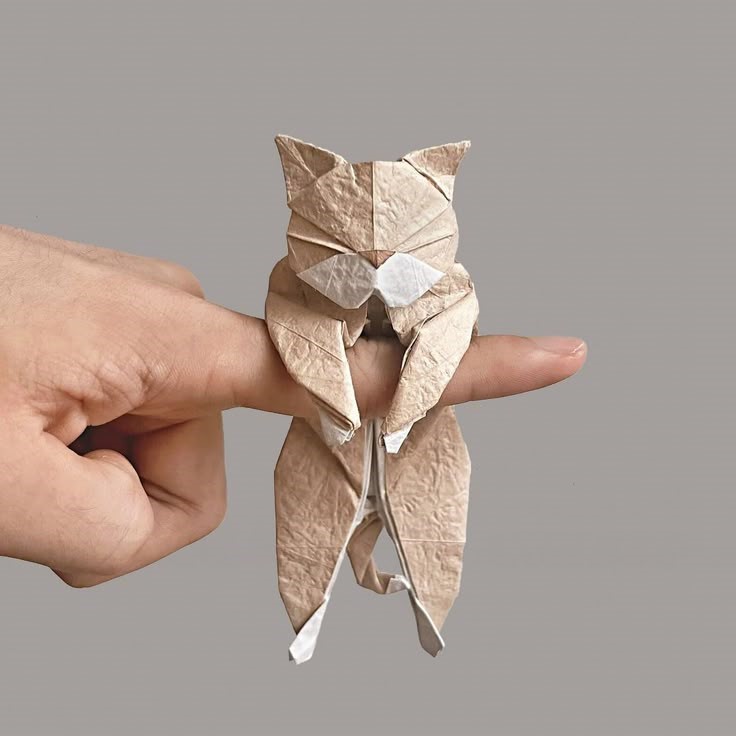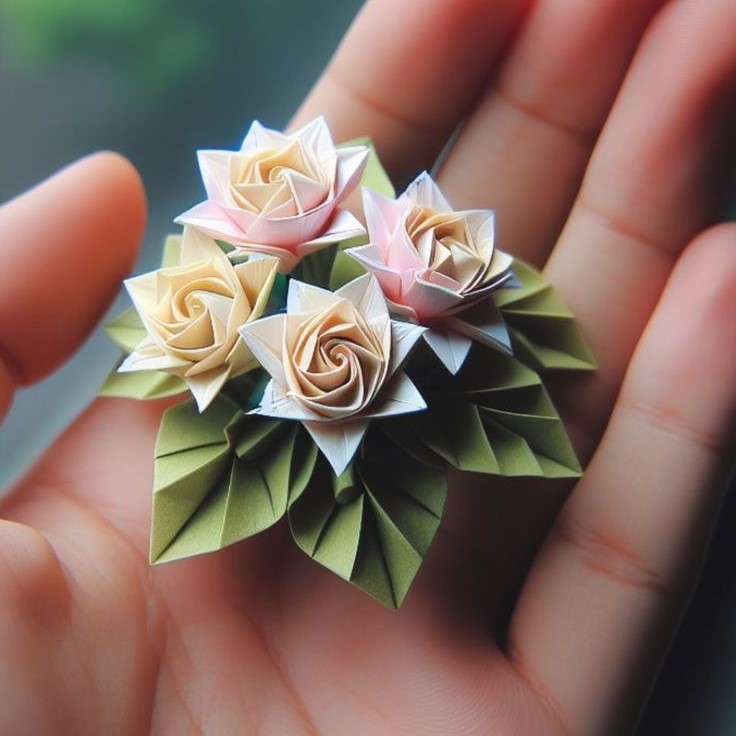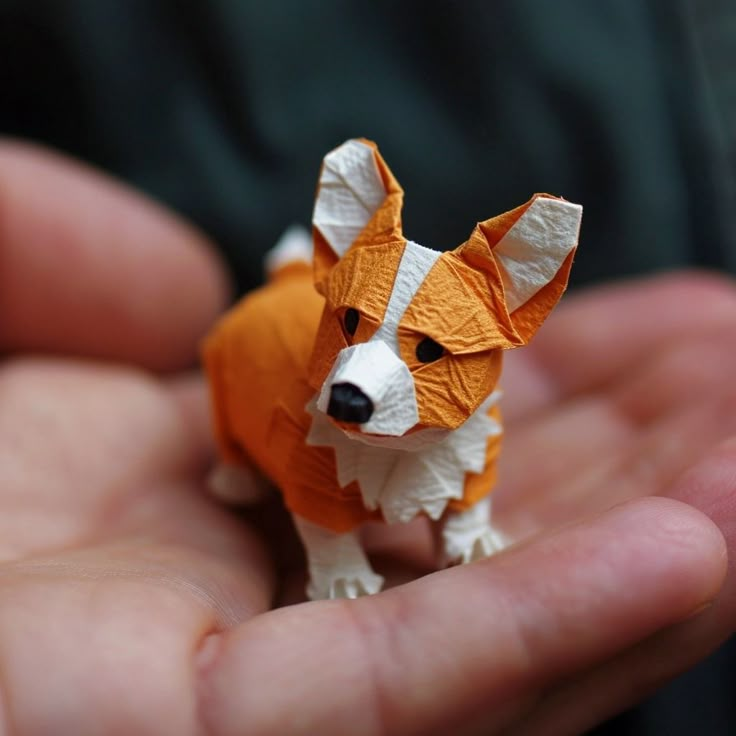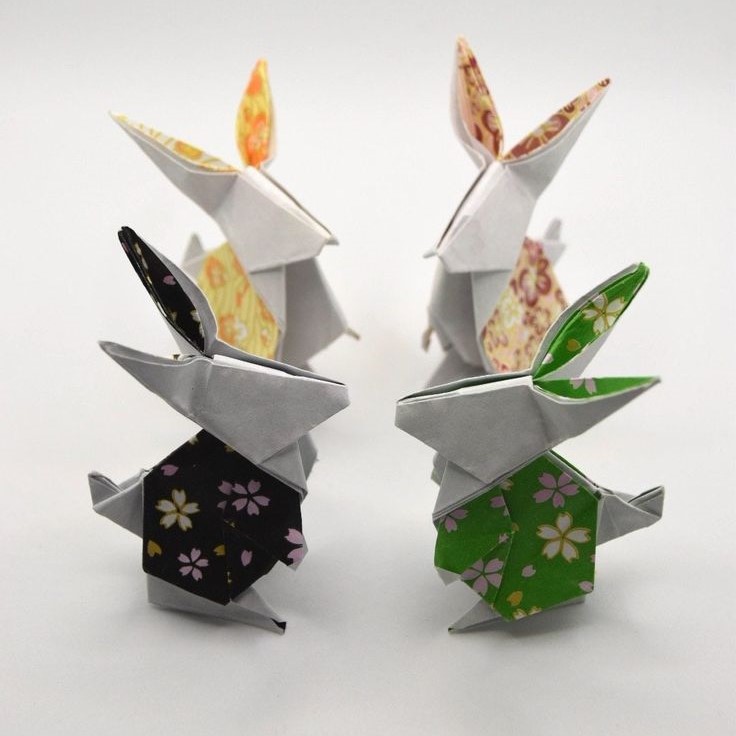Introduction
In today’s fast-paced world, finding moments of calm and tranquility is vital. One activity that combines creativity, focus, and relaxation is origami paper craft. Origami, the ancient art of paper folding, originated in Japan and has become increasingly popular worldwide. With its simple materials and profound benefits, origami offers a fantastic way to embrace mindfulness and relaxation. In this article, we will explore the many benefits of origami, provide step-by-step techniques, and share engaging projects to get you started.
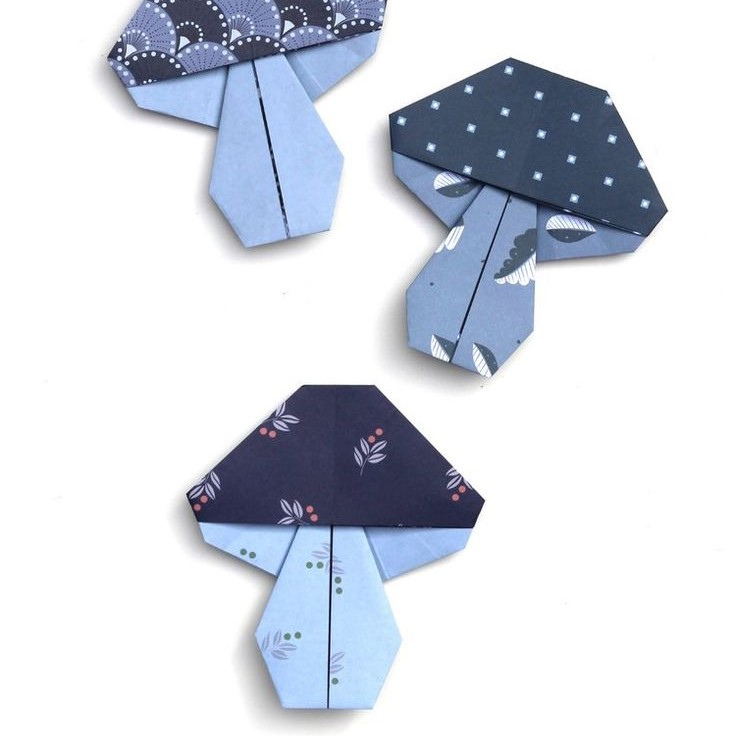
Understanding the Basics of Origami
1. What is Origami?
- Art Form and Tradition: Origami is the traditional Japanese art of folding paper into decorative shapes and figures. The word itself translates to “folded paper.” The history of origami dates back to the 17th century, although it can be traced even further in Japan’s early cultural practices.
- Materials Used: Typically, origami requires a square piece of paper. The paper can come in various colors, textures, and patterns to create unique effects. Specialty origami paper is often thinner, enabling more precise folds.
2. Benefits of Practicing Origami
- Mindfulness and Focus: Engaging in origami requires concentration and precision. This focused attention helps to quiet the mind, reducing stress and promoting mindfulness. By concentrating on each fold, practitioners can escape daily distractions.
- Relaxation and Stress Relief: The repetitive action of folding paper can be meditative. As you immerse yourself in the process, anxiety and tension may alleviate, providing a sense of calm during your busy day.
- Developmental Benefits: Origami encourages the development of fine motor skills and hand-eye coordination, making it an excellent activity for individuals of all ages.
Getting Started with Origami Paper Craft
1. Essential Tools and Materials
- Choosing the Right Paper: Select paper that is suitable for origami paper craft. Origami paper comes in various sizes, with 6-inch squares being popular for beginners. Consider diverse colors and patterns for added visual appeal.
- Other Supplies: While most people only need paper to create origami, having a craft knife or scissors can help when cutting paper into specific sizes. Additionally, a ruler and pencil can assist in measuring precise dimensions if you decide to create custom sizes.
2. Basic Folding Techniques
- The Valley Fold: This simple fold creates a “V” shape. To perform a valley fold, fold the paper towards you, ensuring the edges align neatly.
- The Mountain Fold: The mountain fold creates a peak shape. To execute this fold, bring the top of the paper down toward you, creating a triangular peak.
- Reverse Folds and Squash Folds: These advanced techniques stretch your origami skills. A reverse fold moves the paper in the opposite direction, while a squash fold flattens a part of the fold, altering the design’s structure.
Engaging Projects for Relaxation
1. Beginner-Friendly Origami Projects
- Origami Crane: A classic design, the origami crane symbolizes peace and hope. This project is excellent for beginners, providing easy-to-follow instructions that gradually build your skills. The cranes can be displayed as decorations or gifted to friends.
- Origami Butterfly: Another fun project, the origami butterfly, requires only a few simple folds and can be personalized with unique colors. These butterflies make delightful decorations for rooms or special occasions.
- Origami Box: Learning to create a simple origami box is practical and satisfying. This project goes beyond decoration, allowing you to create storage solutions for small items.
2. Advanced Origami Challenges
- Complex Creatures: For those who want to challenge themselves, explore projects involving intricate creatures like dragons or flowers. These designs require a higher skill level, making them an engaging pursuit for seasoned origami enthusiasts.
- Modular Origami: This technique involves creating multiple units that come together to form a larger object, such as a star or cube. Modular origami fosters collaborative projects, allowing friends or family to create something stunning together.
Incorporating Mindfulness into Your Origami Practice
1. Creating a Relaxation Space
- Choose a Quiet Spot: Set up a comfortable space to practice origami paper craft, free from distractions. A serene environment is essential for fostering mindfulness.
- Mindful Tools: Use tools that make the experience enjoyable. Soft music can enhance the atmosphere, and scented candles can create a relaxing ambiance.
2. Setting Intentions for Your Practice
- Breath Awareness: Begin your origami session with a few deep breaths to center yourself. Being aware of your breathing helps foster mindfulness and prepares your mind for focused creativity.
- Reflecting on the Process: While folding, consider each step as a meditative practice. Noticing the texture of the paper, the precision of the folds, and the gentle movements of your hands can enhance your awareness, promoting deeper relaxation.
Sharing the Joy of Origami
1. Community Engagement
Join Workshops
- Community Opportunities: Many local communities host origami workshops or classes that cater to individuals of all skill levels. These organized events provide a supportive environment for you to learn from experienced instructors while meeting fellow origami enthusiasts.
- Fostering Social Connections: Participating in a group setting allows you to connect with others who share similar interests. Building friendships in these workshops not only enhances your social circle but also creates a sense of belonging within the origami community.
- Hands-On Learning: Workshops often provide hands-on instruction, giving participants the opportunity to receive immediate feedback. This direct interaction can clarify difficult techniques, making it easier to master complex folds.
- Sharing Your Passion: Engaging in workshops allows you to share your love for origami with others. As you work alongside fellow participants, you can exchange ideas, offer tips, and inspire one another, fostering a collaborative and motivating environment.
- Expanding Skills and Techniques: Each workshop presents a unique focus, from beginner techniques to advanced designs. By attending different sessions, you can diversify your skills and learn new styles, broadening your understanding of the art of origami.
- Networking Opportunities: Workshops can also lead to networking opportunities. Meeting experienced folders and instructors can open doors to future collaborations, exhibitions, or advanced classes.
Online Tutorials
- Access to Comprehensive Resources: The internet is filled with various platforms that provide video tutorials and diagrams for making a wide range of origami designs. Websites like YouTube and dedicated craft blogs offer straightforward instructions that cater to visual learners.
- Variety of Designs: Online tutorials cover everything from simple beginner models, such as cranes and frogs, to intricate pieces like dragons and modular designs. This variety allows you to explore your interests and choose projects that excite you.
- Interactive Learning: Many tutorials feature step-by-step videos that can be paused and replayed, allowing you to learn at your own pace. This flexibility makes it easier to tackle challenging designs without feeling rushed.
- Engaging with Online Communities: Joining online origami communities enables you to connect with fellow enthusiasts around the world. Platforms like Facebook, Reddit, or specialized craft forums allow you to share your creations, seek advice, and discuss techniques.
- Sharing and Feedback: When you post your work online, you invite feedback from other origami fans. Constructive criticism can help improve your skills, while compliments can motivate you to continue developing your craft.
- Staying Updated on Trends: Online communities and platforms often highlight current trends or popular designs. By participating in these spaces, you can stay in the loop on the latest innovations and challenges within the origami world.
-
Access to Challenges and Competitions: Many online groups host origami challenges or competitions, encouraging members to showcase their skills. Participating in these events not only boosts your creativity but also allows you to celebrate your achievements with others.
2. Teaching Others
Involve Family and Friends: Strengthening Bonds through Origami
- Sharing Your Knowledge: Sharing your knowledge of origami with family and friends can foster meaningful bonding experiences. Teaching others not only reinforces your own skills but also allows for moments of connection and laughter as everyone navigates the intricacies of folding paper.
- Hosting a Crafting Night: Organize a fun crafting night dedicated to origami. Invite family and friends to join you in exploring this artistic activity, providing a relaxed environment where everyone can unwind and unleash their creativity together.
- Creating Collaborative Pieces: During the crafting night, encourage participants to work together on larger origami projects. Collaborative pieces, such as a colorful origami mobile or a decorative garland, can enhance the experience and result in a lasting, shared creation that everyone can take pride in.
- Setting Up Challenges or Themes: To make the night more engaging, consider setting up themed challenges. For example, have participants create animals, flowers, or geometric shapes. These prompts can stimulate creativity and offer a bit of friendly competition among family and friends.
- Pairing Origami with Refreshments: Enhance the crafting experience by providing snacks and drinks. Pairing origami with fun treats can make the event feel festive and encourage more interaction and conversation among your guests.
Educational Programs: Bringing Origami to the Classroom
- Incorporating Origami into Educational Programs: Consider integrating origami into various educational programs, showcasing its potential as both a fun activity and a valuable learning tool. Many schools and community centers are eager to offer creative experiences to enrich children’s education.
- Promoting Fine Motor Skills: Origami is an excellent way to promote fine motor skills among children. The repetitive hand movements required for folding paper enhance dexterity and precision, making it an ideal activity for developing physical coordination.
- Stimulating Creativity and Problem-Solving: Engaging with origami also encourages children to think critically and solve problems. As they learn to follow instructions and visualize the finished product, they enhance their spatial awareness and creative thinking abilities.
- Hosting Workshops or Classes: Propose workshops or classes in schools and community centers where kids can learn the art of origami. These sessions can be structured to suit various age groups and skill levels, ensuring that all participants can enjoy the experience.
- Fostering a Sense of Accomplishment: Completing an origami project gives children a sense of accomplishment and boosts their self-esteem. As they create intricate designs, they gain confidence in their abilities, fostering a positive attitude toward art and crafting.
Conclusion
In conclusion, origami paper craft is not just a creative pursuit; it serves as a powerful tool for mindfulness and relaxation. By engaging in paper folding, individuals can escape daily stressors and immerse themselves in a world of creativity and calm.
As you explore the art of origami, remember to embrace its therapeutic qualities while enjoying the elegant beauty of your creations. The versatility of origami makes it accessible for all ages, providing endless possibilities for fun projects and personal growth.
So whether you’re creating a simple crane or tackling a complex dragon, join the adventure of origami. Discover not only the joy of crafting beautiful designs but also the peace and mindfulness that this engaging activity brings to your life! Happy folding!
